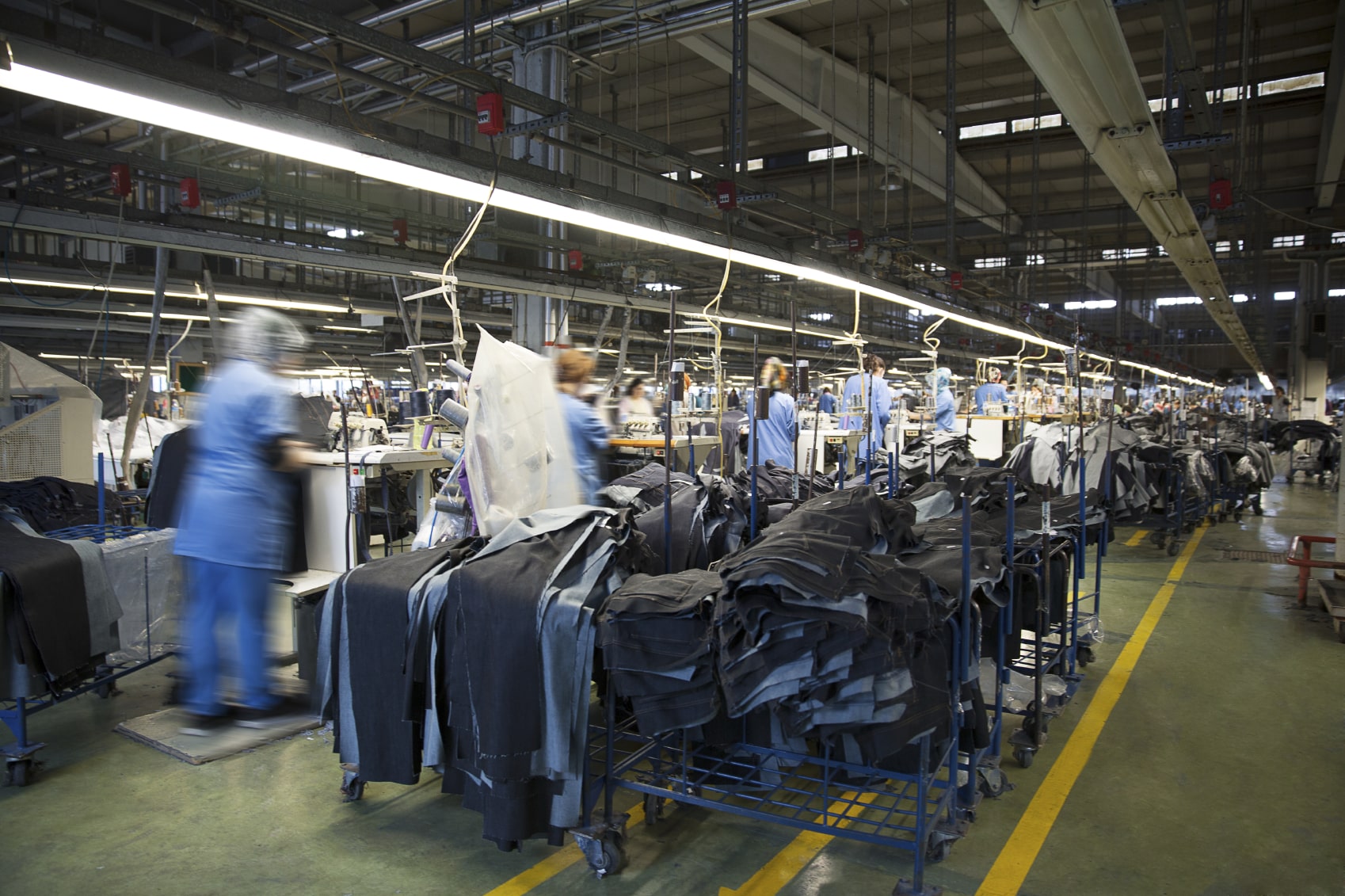- Home
- Science
- Our Work
- Air Pollution
- Agriculture, Farming and Pesticides
- Asthma and other Lung Diseases
- Coronavirus Pandemic (COVID-19)
- Exposure to Chemicals and Dust
- Exposure to Nanomaterials
- Human Exposure
- Neurodegenerative Diseases
- Musculoskeletal Disorders
- Occupational Cancer
- Sustainable Working
- Sustainability and Climate Change
- Stress, Wellbeing and Psychosocial Issues
- COVID-19 IOM Study of Face Coverings in Retail Environments
- Styrene Study
- PROTECT COVID-19 National Core Study
- Firefighters and Cancer – IOM Report
- MORtality Study of Former Professional Footballers in England and Wales (MORSE) Study
- Our Scientists
- Our Expertise
- Nano Material Services
- Development and Management of Data and Information Systems and Services
- Ergonomics Design and Evaluation
- Epidemiological Studies & Methods
- Exposure Assessment
- Health Impact Assessment (HIA) and Risk Assessment
- Policy Evaluations
- Study Design and Statistical Analysis
- Systematic Reviews and Meta-analyses
- Toxicology
- Workplace Cluster of Disease
- IOMLIFET
- IOM Scientists Advocate Tighter Standards for Airborne Dust at Work
- Research Project on Work Related Musculoskeletal Disorders
- Styrene Study
- Firefighters and Cancer – IOM Report
- IOM Library
- Contact our Research Experts
- Our Work
- Occupational Hygiene
- Case Studies
- Air Quality Sensors
- COSHH Assessment
- Dust Exposure
- Environmental Management
- Face Fit Testing
- Hand-Arm Vibration
- Indoor Air Monitoring
- Laboratory Animal Allergens
- Legionella Risk Assessment
- Local Exhaust Ventilation
- Noise Monitoring
- Thermal Exposure Monitoring
- Workplace Exposure Limits (WELs)
- Welding Fumes
- Remote Monitoring Services
- Formaldehyde Exposure Monitoring
- Biological Agent Exposure Monitoring in Waste Management
- Chromium VI
- Occupational Hygiene – Quick Quote
- Lab Services
- Asbestos and other Fibres
- Asbestos Sample Testing
- Asbestos Proficiency Testing
- Dust and Crystalline Silica
- Lead in Paint
- Metals, acid anions, acid gases
- Microbiology
- Pharmaceuticals
- Solvents & Other Organic Chemicals
- Hazard Assessment and Toxicology
- Dustiness Testing of Bulk Powders
- Testing the effectiveness of protective coverall and PPE
- Lab Services Quick Quote
- Hospital Ventilation
- Authorising Engineer
- Dentistry Post Lockdown
- Design Review
- Independent Review
- Diathermic pen and Electro surgical tool testing
- Microbiological Monitoring
- Systems Refurbishment and Upgrade
- Validation and Verification Testing
- HSE COVID-19 Spot Check Inspections
- Training
- Contact Our Hospital Ventilation Experts
- Consultancy
- Our Company
- Contact Us

Local Exhaust Ventilation Testing
Effective control of airborne contaminants is essential to safeguarding worker health and ensuring regulatory compliance. IOM’s Local Exhaust Ventilation (LEV) services are designed to help organisations proactively manage exposure risks and maintain a healthy, productive workforce.
LEV systems serve as an important engineering control against harmful airborne substances such as dust, fumes, vapours, and mist. By capturing contaminants at their source, LEV systems significantly reduce the risk of respiratory illnesses including asthma and chronic obstructive pulmonary disease (COPD).
Under the Control of Substances Hazardous to Health (COSHH) regulations, most LEV systems must be thoroughly examined and tested at least every 14 months. Ensuring that they are fit for purpose and properly maintained. Failure to comply can result in legal penalties and have the potential to escalate into lawsuits.
IOM removes the stress, making sure that your systems are not only compliant but are positioned to be as effective as possible. Reducing contaminants and keeping the workforce safe and healthy.
Common uses for LEVs
LEV’s are needed in a wide range of industries as the hazards are many and varied. Below is a small sample of where IOM has been able to conduct validations and verifications to reduce airborne hazards.
- Manufacturing – welding, grinding, and plastic processing.
- Laboratories – chemical handling and pharmaceutical compounding.
- Woodworking – sanding, cutting, and routing.
- Food production – flour dust and spice blending.
- Construction – silica dust from cutting and drilling.
- Automotive & aerospace – brake servicing and composite fabrication.
- Electronics – soldering and cleanroom operations.
- Printing & packaging – solvent-based inks and laser cutting.
Comprehensive LEV Testing & Inspection
Our expert ventilation engineers deliver a complete LEV assessment service, including:
- System performance testing
- User interaction observation to identify behavioural risks
- Air sampling to evaluate exposure levels
We go beyond compliance to help you understand how your systems are used in practice and where improvements can be made. Offering detailed reporting and recommendations so you can keep compliant.
For more advice, or to speak to an Occupational Hygienist complete the quick quote form below.
Integrated Expertise Across Ventilation and Hygiene
Our LEV services are part of IOM’s broader ventilation and occupational hygiene capabilities, giving clients an easy and complete solution:
- Authorising Engineer (AE) Ventilation Services
- Hospital Ventilation Validation & Verification including UCV’s
- Hospital LEV systems including diathermic pens and mortuary tables
- Occupational Hygiene Services
- Laboratory Services

